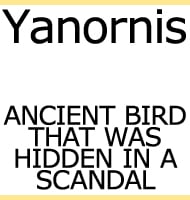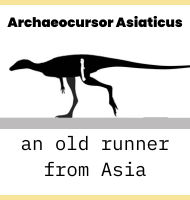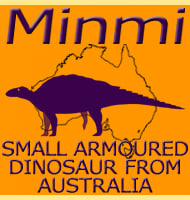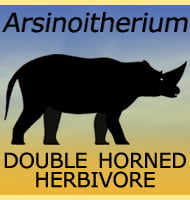In Depth
Atsinganosaurus is named from the Ancient Greek word atsinganos which means ‘gypsy’, and is a reference to a proposed east to west migration for these dinosaurs. The known remains of Atsinganosaurus are fragmentary but in otherwise a good state of preservation. Unfortunately the overall lack of them means that it is hard to say anything beyond the simple facts that Atsinganosaurus would have been mid-sized and fairly gracile.
Another titanosaur genus from France that also lived during the late Cretaceous is Ampelosaurus. Other titanosaurs known to have been living in Europe during the late Cretaceous include Magyarosaurus and Lirainosaurus.
Further Reading
- A new Titanosaur genus (Dinosauria, Sauropoda) from the Late Cretaceous of southern France and its paleobiogeographic implications - G�raldine Garcia, Sauveur Amico, Francois Fournier, Eudes Thouand & Xavier Valentin - 2010.









